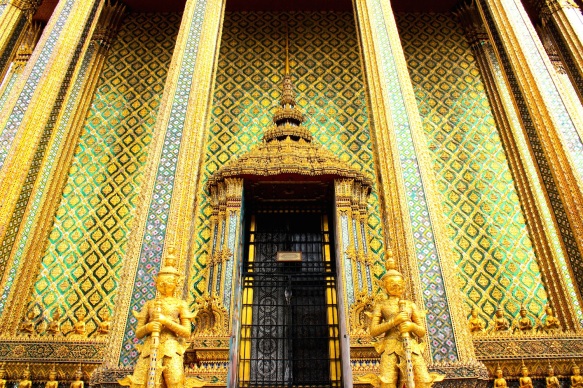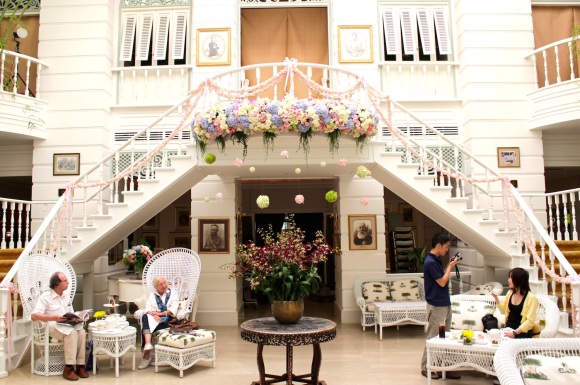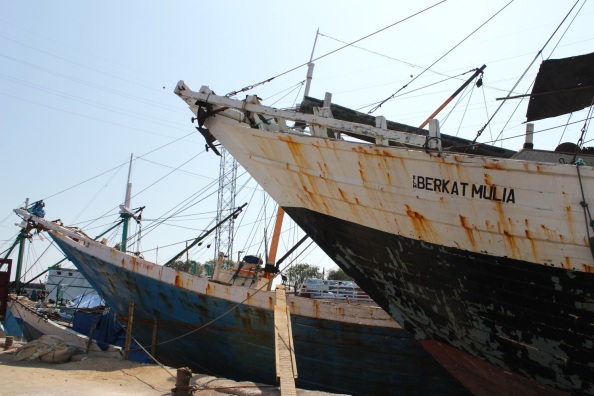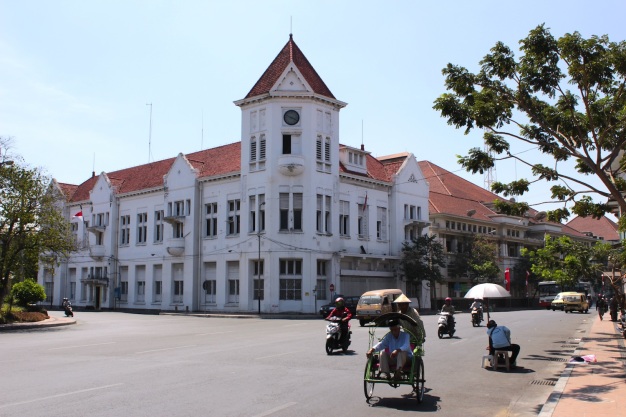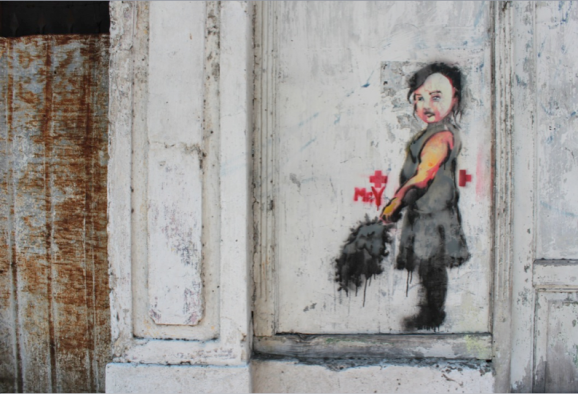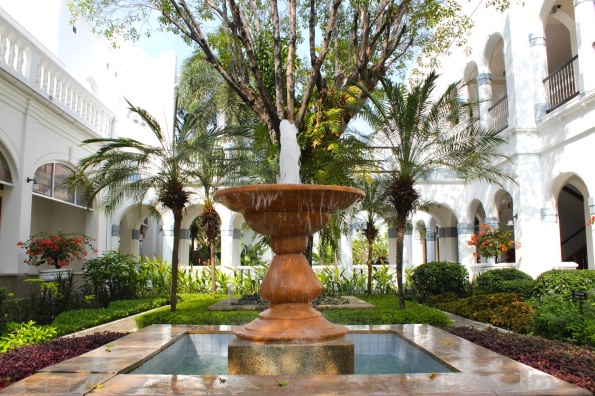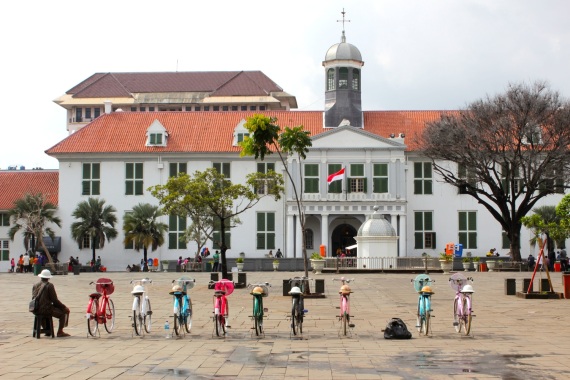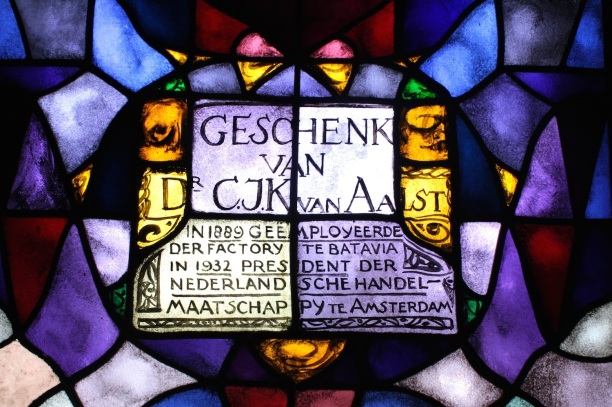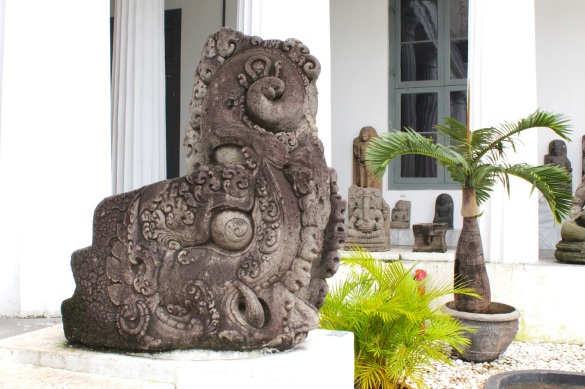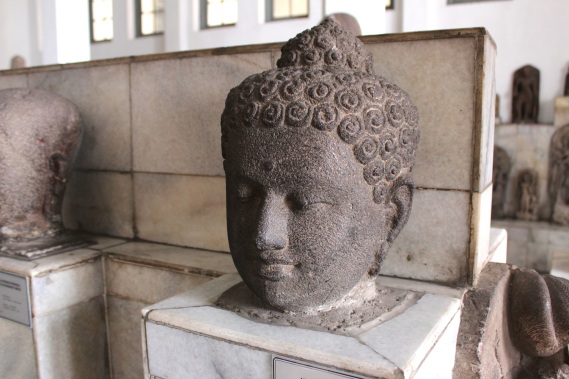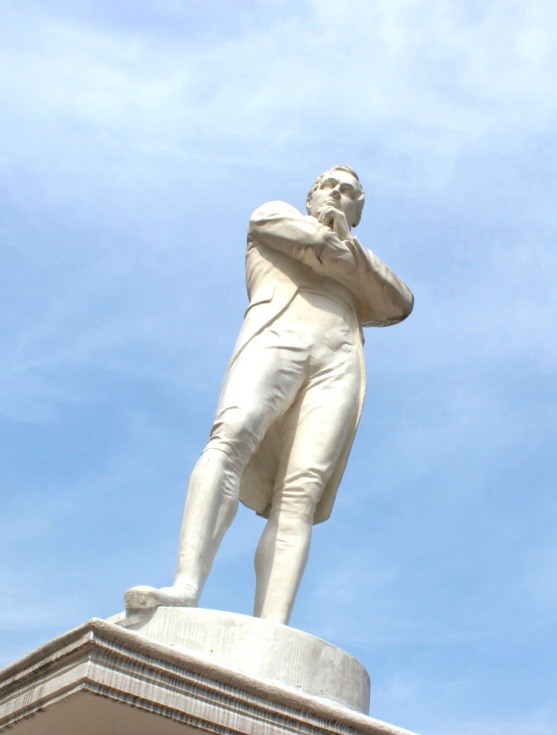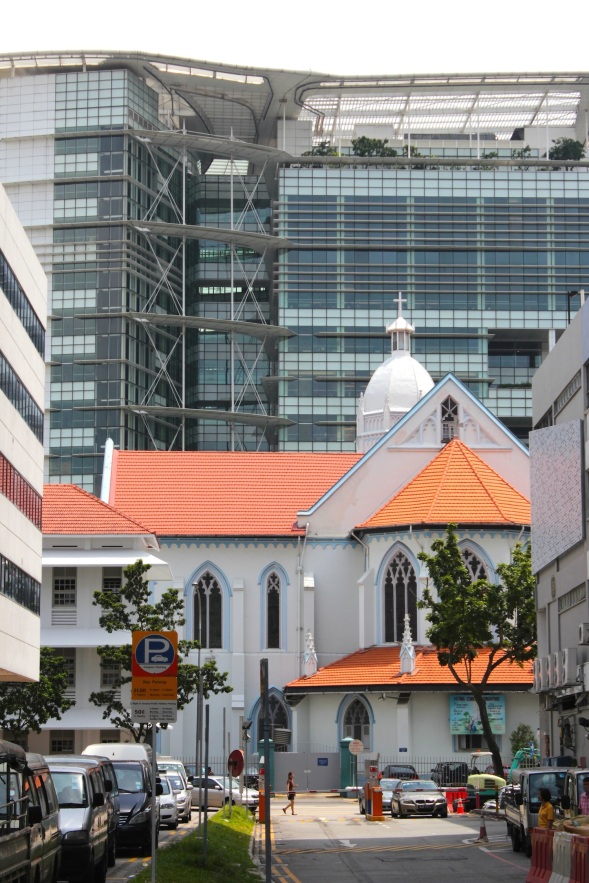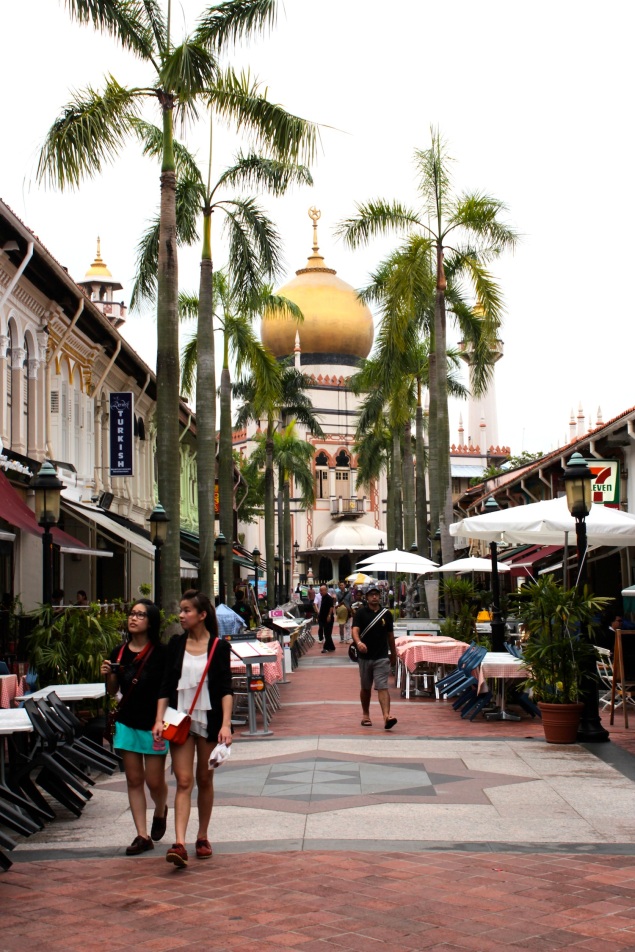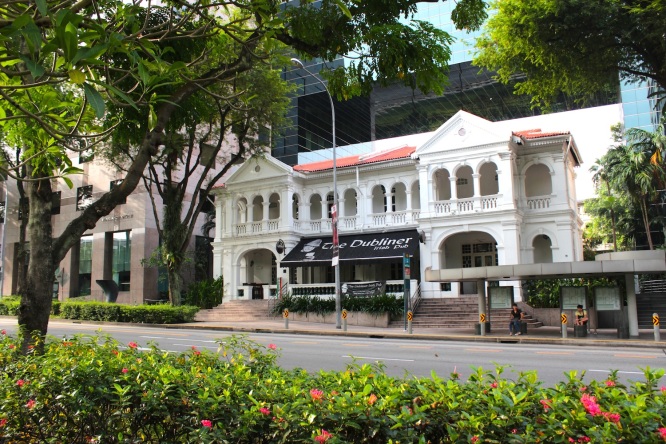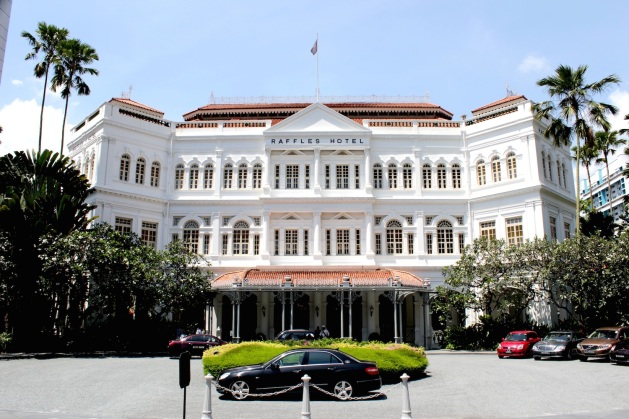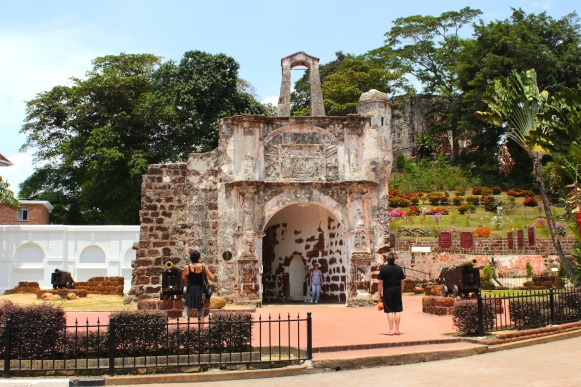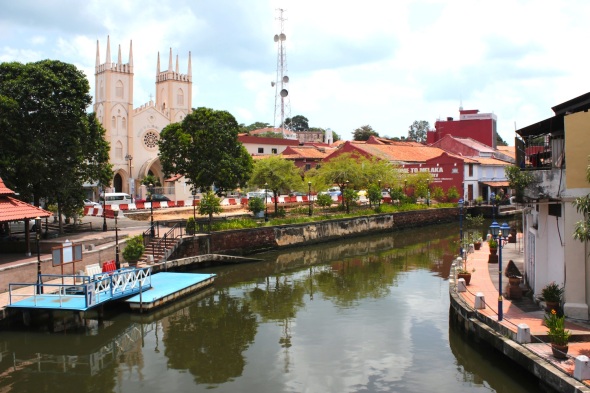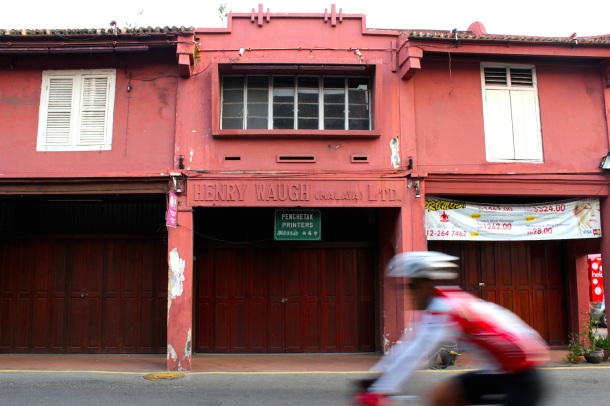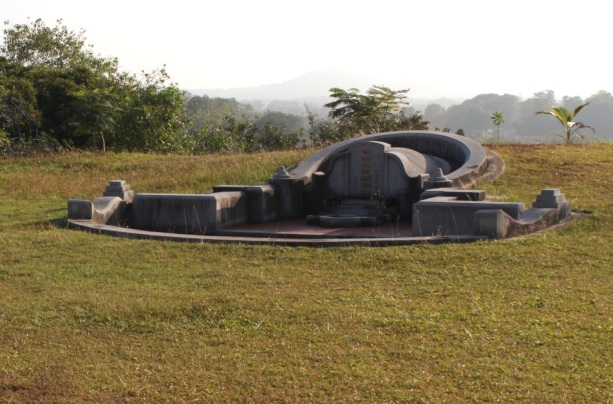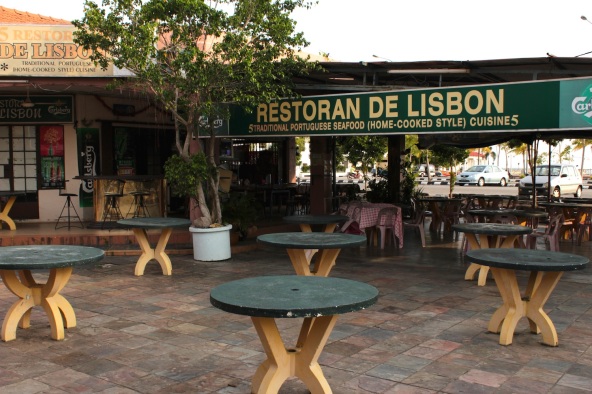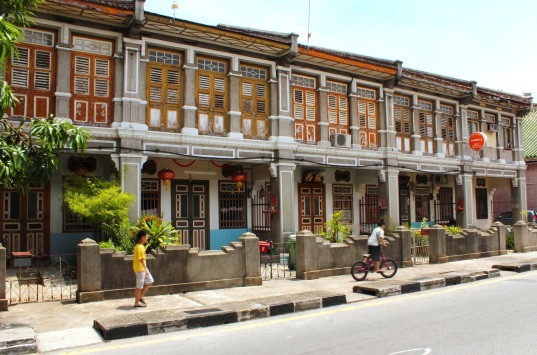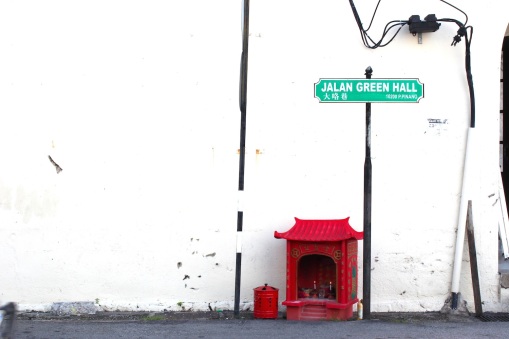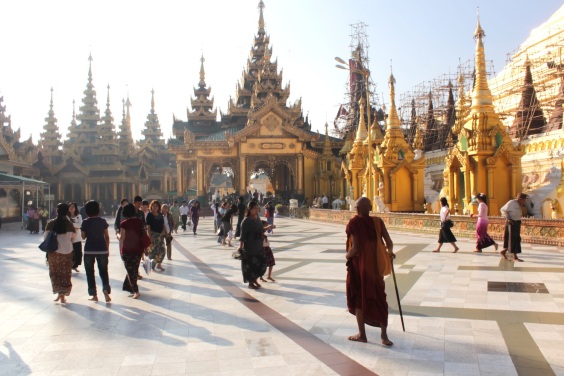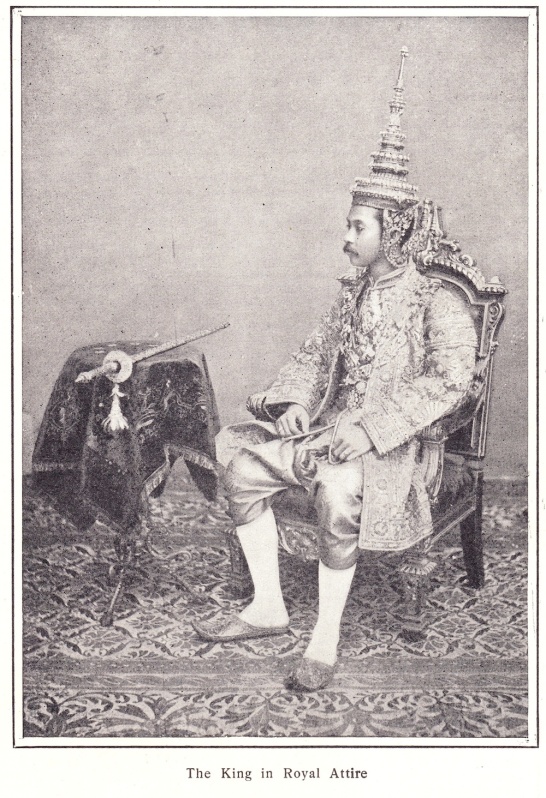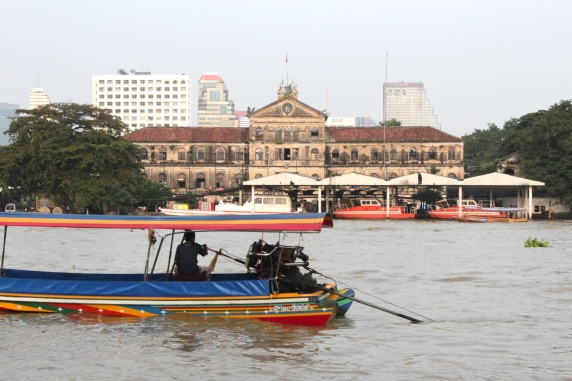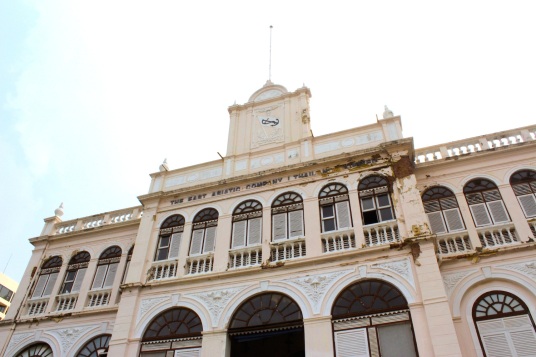Look beyond the lights of Siam Square and Sukhumvit towards the Chao Phraya River (or “River of Kings”) to experience Old Bangkok – a part of the city that still reeks with history. Here it was, on the banks of the river, that travellers in the 1800s would have arrived in Siam. And here you will experience a very different side of Bangkok than you would normally encounter.
The essential sights include:
✑ A random wander in the European Quarter of Bang Rak, particular along the many side streets off Charoen Krung Road. Pay a visit to the former Customs House and former headquarters of the Danish East Asiatic Company, both of which remain in a state of crumbling majesty.
✑ A river cruise down the Chao Phraya, because it is the beating heart of Bangkok, and because it is only from the river that you can get a view of some of the oldest European buildings in the city – including the Portuguese and French Legation Buildings. Best taken in the evening when the sun burnishes facades a heart-stopping shade of gold.
✑ Take a klong, or canal tour, for a glimpse of Old Bangkok, once the Venice of the East. Go early in the morning, when the floating market at Thonburi is still active.
✑ A walk down Pan Street, off Silom Road. This is Bangkok’s “Street of Harmony” – with a Hindu Temple, Javanese Mosque, Portuguese shophouse, English library and many miniature Thai shrines.
✑ Visit the Grand Palace, for an otherworldly experience that will blow your mind. This was the seat of the Siamese Empire, and also the backdrop to the famous Hollywood movie, The King and I. Prepare to spend a whole morning, minimally.
And of course, no visit to Old Bangkok would be complete without High Tea at the (Mandarin) Oriental Hotel. This IS the Grand Tour, at its very essence. No reservations are accepted.
[The Romance of the Grand Tour – 100 Years of Travel in Southeast Asia is available now at all major bookstores in Singapore, Southeast Asia, Hong Kong and London. Find it also at http://www.amazon.com, http://www.waterstones.com and http://www.bookdepository.com.]

The Chakri Maha Prasat – the actual palace itself is essentially a European style building, with a Siamese-style roof.

